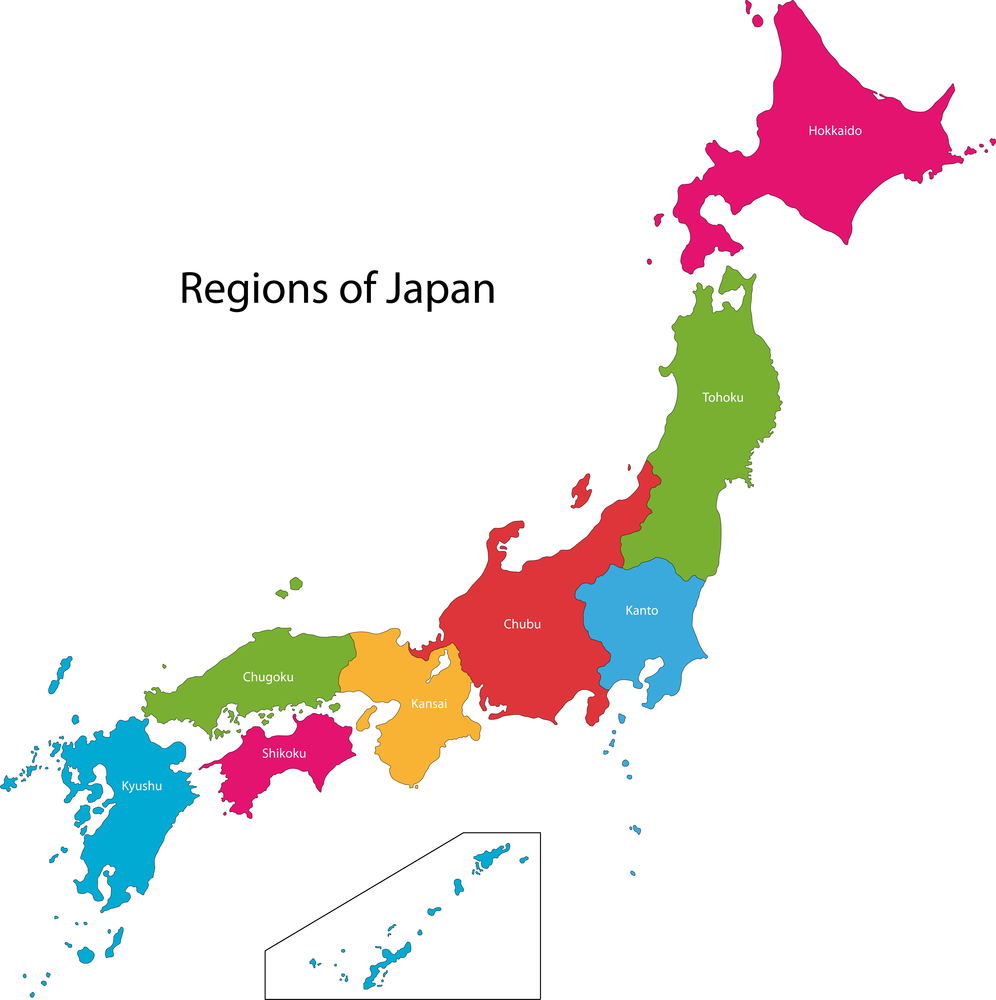Japan’s new “job type” system explained
Many Japanese companies such as Hitachi and Fujitsu are introducing a “job-type” (job-gata in Japanese) system. The term “job-type” will not be familiar to Europeans, so we will draw on a series in the Nikkei Business to explain the background to this change.
It’s common practice in Japan to hire full time, permanent staff, usually straight out of university, known as “seishain” with a ‘blank contract’ and no clear definition of the content of the work or the location of employment. Many Japanese commentators call this the “membership type” system, because the new recruit has in effect become a member of a corporate community. I like to use Trompenaars Hampden-Turner’s description of Japanese companies being a “family” company too, even if the founding family are no longer in control.
In contrast to this, the “job type” system is commonly used in Europe and the US, where the company and the individual have a carefully worded employment contract, and the content of the job and remuneration are clearly set out in advance.
| Job type | Membership type | |
| Duties | In principle, duties outside the job description are not undertaken | Boundaries of the role are not clearly defined. Job rotations are common. |
| Salary | Salary is based on job evaluation/duties | Salary is based on ability and position in a career track, which in turn is based on years of service |
| Job location | Job location is defined and limited. In principle there is no relocation | Job location and assignment is not defined. Relocation is the norm |
| Training | for immediate applicability – up to the individual to acquire | long term employment is the precondition, so the company trains the individual. |
3 decades of HR reforms
There is plenty of criticism that this is just a repackaging of the much criticised seikashugi or performance based system. Many Japanese companies introduced this after the economic bubble burst in the 1990s but it was seen as simply a cost cutting exercise. Managers started looking for ways to reduce employees’ bonuses, which up until then had mainly been based on company or divisional performance. Nikkei Business notes that the “3 lost decades” in Japan have seen a series of crises followed by changes to HR systems, but somehow the change is watered down and the company reverts to seniority based HR management.
Companies that have introduced the job type system include Mitsubishi Chemical. When they first introduced it in 2017, it was still the manager who made the decision on promoting employees, and as a consequence the seniority element remained. So from October this year they are introducing an open application system, to increase fairness and transparency. Mitsubishi Chemical’s HR Director Nakata Ruriko notes that their workforce is no longer the homogenous group of lifetime employees recruited as graduates. There are more mid career hires and dual income couples, trying to balance child and elderly care. Nakata is introducing choice and the ability to build your own career, to respond to this diversity.
The telecoms company KDDI has skipped trying to negotiate with the labour union to introduce the job type system to current union members and is only introducing it to managers and new graduates from April 2021. There will no longer be the same salary for all new graduate recruits – compensation will depend on skills and internships undertaken before entering the company.
Fujitsu has ended “side by side” cohort based training and a mandatory retirement age. The position of manager will be open to all, but if you do not ask to be a manager, you will not be promoted.
Working from home and relocations
Having a job type system also helps with working from home, as people have more autonomy and clarity on the boundaries to their work. Several Japanese companies are also ending the “tanshin funin” job relocation where the employee (usually male) would be assigned to another location and move there without their family.
From the management side the intentions behind bringing in a job type system depend on the sector, but at least one of three main reasons are usually cited:
- the need to bring in people from outside the company who have the skills to support the company with technological innovations such as AI
- to counter the constant increase in labour cost brought about by the seniority based system
- a unified, globally applicable HR system which will improve internal job mobility across multinational operations
Over half of Japanese employees prefer the job type system
Nikkei Business surveyed over 1100 employees and found that nearly half preferred the job type system, compared to 24% who preferred the membership type system. When asked “do you think you can survive a switch to the job type system?”, 62.4% felt they could. More than 75% of the respondents said they would like to continue to work from home even after the pandemic was over.
But better state support and retraining are needed
The chairman of Rengo, Japan’s Trade Union Confederation, points out that Japanese employees are still very dependent and tied to their companies. If the aim of a job type system is to increase labour mobility, there needs to be more of a state safety net provided than there currently is. Some companies will simply be looking to reduce costs and those employees whose skills are no longer needed will find it very hard to switch to another company if they are no longer satisfied with the pay they receive for the work they do.
Takeda Yoko, a Director at the Mitsubishi Research Institute recommends FLAP as a way to succeed in a job type system – Find the work you want to do, Learn how to do it, Act upon this learning and then Perform – be evaluated and treated correctly.
For more content like this, subscribe to the free Rudlin Consulting Newsletter. 最新の在欧日系企業の状況については無料の月刊Rudlin Consulting ニューズレターにご登録ください。
Read More
 Japanese companies used to be seen as very reluctant to acquire and merge with other companies, but the record breaking £46bn acquisition, finalised in January 2019, of Irish pharmaceuticals company Shire by Japan’s Takeda may not even be the peak of what has been at least 10 years’ of an overseas spending spree by Japanese companies. Faced with a declining, ageing domestic market,
Japanese companies used to be seen as very reluctant to acquire and merge with other companies, but the record breaking £46bn acquisition, finalised in January 2019, of Irish pharmaceuticals company Shire by Japan’s Takeda may not even be the peak of what has been at least 10 years’ of an overseas spending spree by Japanese companies. Faced with a declining, ageing domestic market,  Although around 10,000 manufacturing jobs in Japanese electronics companies in the UK were lost in the 1990s-2000s, about the same number have been added, either created by Hitachi Rail or in the automotive or air conditioning sectors. Japanese electronics companies such as Sony, Fujitsu, Panasonic, NEC, Mitsubishi Electric and Hitachi still all employ thousands of people in the UK.
Although around 10,000 manufacturing jobs in Japanese electronics companies in the UK were lost in the 1990s-2000s, about the same number have been added, either created by Hitachi Rail or in the automotive or air conditioning sectors. Japanese electronics companies such as Sony, Fujitsu, Panasonic, NEC, Mitsubishi Electric and Hitachi still all employ thousands of people in the UK. rudlin
rudlin rudlinconsulting
rudlinconsulting